An artist's conception of Deep Space 1
Click on image for full size
Image courtesy of NASA
NASA Tests New Technologies with Deep Space 1
News story originally written on October 25, 1998
NASA launched a spacecraft that will test twelve new technologies,
including an ion propulsion drive and an artificial intelligence
navigation system. In testing the new equipment, it will fly past the
Near-Earth
Asteroid 1992
KD. If all goes well, the mission may be
extended to include fly-bys of
Comets
Wilson-Harrington and Borrelly.
The spacecraft, Deep Space 1, is the first launch from NASA's New Millennium
program, a program which will test new technology with the hopes of
making space travel easier and more affordable. "Deep Space 1 is taking
the risks so that future missions don't have to," said Marc Rayman, chief
engineer and deputy mission manager at the Jet Propulsion Laboratory.
The engines will ionize xenon gas and accelerate it through an electric
field to speeds of 65,000 mph. The thrust will exert less force than the
weight of a single piece of paper. But, this is still enough to
accelerate the spacecraft about 20 mph each day. Since there isn't air
resistance in the vacuum of space, the speed will continue to build.
Ion-propulsion engines are ten times more efficient than
regular rockets engines. The
probe will use solar energy to ionize the xenon and accelerate it. While
normal rocket engines operate on the order of minutes, the ion engine will
operate on the order of weeks.
Deep Space 1 will also control its own destiny, in a manner of speaking.
It has an onboard navigation system which can locate stars and calculate
its position, rather than relying on ground operators to tell it where it
is. The probe will also determine how close to the asteroid it can safely
fly.
You might also be interested in:
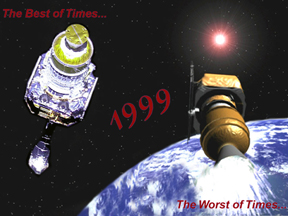
It was another exciting and frustrating year for the space science program. It seemed that every step forward led to one backwards. Either way, NASA led the way to a great century of discovery. Unfortunately,
...more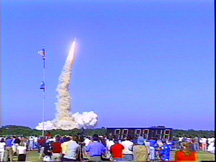
The Space Shuttle Discovery lifted off from Kennedy Space Center at 2:19 p.m. EST, October 29th. The sky was clear and the weather was great as Discovery took 8 1/2 minutes to reach orbit for the Unitied
...more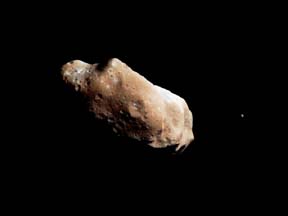
A moon was discovered orbiting the asteroid, Eugenia. This is only the second time in history that a satellite has been seen circling an asteroid. A special mirror allowed scientists to find the moon
...more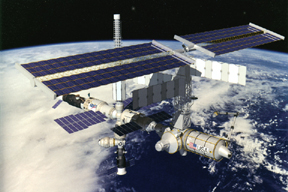
Will Russia ever put the service module for the International Space Station in space? NASA officials are demanding an answer from the Russian government. The necessary service module is currently waiting
...more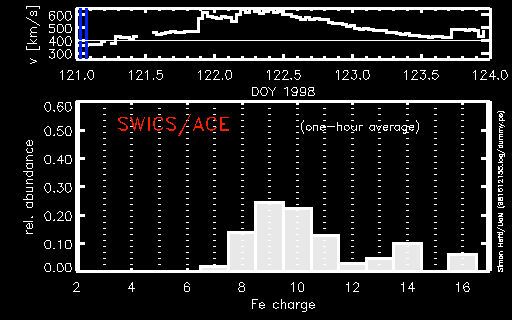
During a period of about two days in early May, 1998, the ACE spacecraft was immersed in plasma associated with a coronal mass ejection (CME). The SWICS instrument on ACE, which determines unambiguously
...more
J.S. Maini of the Canadian Forest Service has referred to forests as the "heart and lungs of the world." Forests reduce soil erosion, maintain water quality, contribute to atmospheric humidity and cloud
...more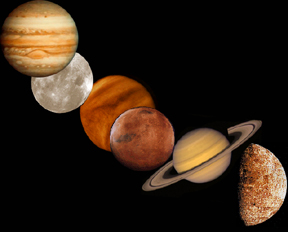
In late April through mid-May 2002, all five naked-eye planets are visible simultaneously in the night sky! This is includes Mercury which is generally very hard to see because of its proximity to the
...more









